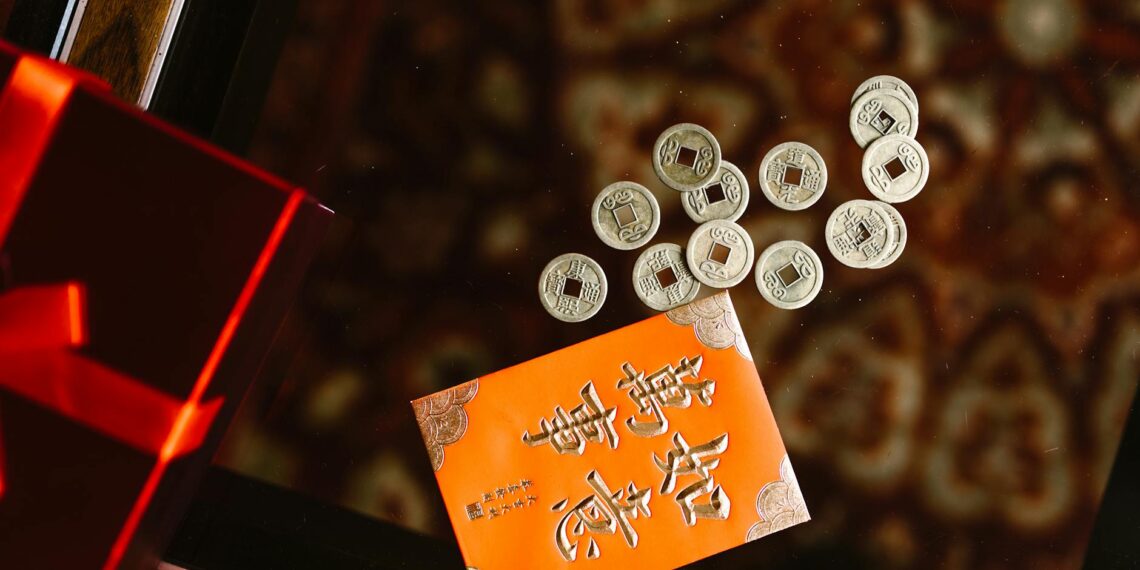Depending on which country you’re referring to, a 1 coin (or one dollar/pound coin) will have different characteristics. Here’s a look at the most prominent examples:
- Sacagawea dollar (2000-present): The U.S. Mint Coin Classroom explains that the Sacagawea Golden Dollar (2000-2008) showed Sacagawea and her baby, Jean-Baptiste on the obverse. According to Wikipedia, the obverse features Sacagawea with her son Jean Baptiste Charbonneau, along with the US national motto, year, and “Liberty”. The reverse displays an eagle in flight, the country name, face value, and “E pluribus unum” (Out of many, one).
- Presidential dollar coins (2007-2016, 2020): These coins feature portraits of former US presidents on the obverse and the Statue of Liberty on the reverse.
- American Innovation $1 Coins (2018 to present): These coins celebrate innovation and innovators from each state, the District of Columbia, and US territories. According to the U.S. Mint (.gov), the obverse (heads) design features a dramatic representation of the Statue of Liberty in profile with the inscriptions “IN GOD WE TRUST” and “$1”.
- 12-sided bi-metallic coin: Introduced in 2017, the current £1 coin is 12-sided and bi-metallic, meaning it’s made of two different metals: an outer gold-colored ring (nickel-brass) and an inner silver-colored ring (nickel-plated alloy).
- Security features: The new design includes several security features to make counterfeiting more difficult. These include a latent image that changes from a ‘£’ to a ‘1’ when viewed from different angles, and micro-lettering on the rim.
- Obverse (heads): Features a portrait of the reigning monarch (currently King Charles III).
- Reverse (tails): The design on the reverse varies but often depicts symbols representing the four nations of the United Kingdom, such as a rose for England, a thistle for Scotland, a leek for Wales, and a flax plant for Northern Ireland. The latest design features two bees, as part of a collection inspired by plants and animals.
- Golden colored: The Canadian loonie was originally made of aureate, a bronze–electroplated nickel combination. Starting in 2012, the composition switched to multi-ply brass-plated steel, resulting in a slightly lighter coin.
- Obverse: Features a portrait of the reigning monarch (currently King Charles III).
- Reverse: The coin’s name comes from the image of a common loon on the reverse, along with the inscription “CANADA” and the year of minting.
Note: There have been other versions of dollar/pound coins throughout history, including silver and gold versions. However, the information above focuses on the most common or currently circulating examples.











What does the current 1 coin look like?
From my experience, The British one pound (£1) coin is a denomination of sterling coinage. Its obverse has featured the profile of Charles III since 2024 and bears the Latin engraving CHARLES III D G REX (Dei Gratia Rex) F D (Fidei defensor), which means ‘Charles III, by the grace of God, King, Defender of the Faith’.
Are 1 pound coins still legal tender?
The round £1 coin lost its legal tender status at midnight on 15 October 2017. However, the round £1 coin can continue to be deposited into a customer’s account at most High Street Banks in the UK. Specific arrangements may vary from bank to bank, including deposit limits.